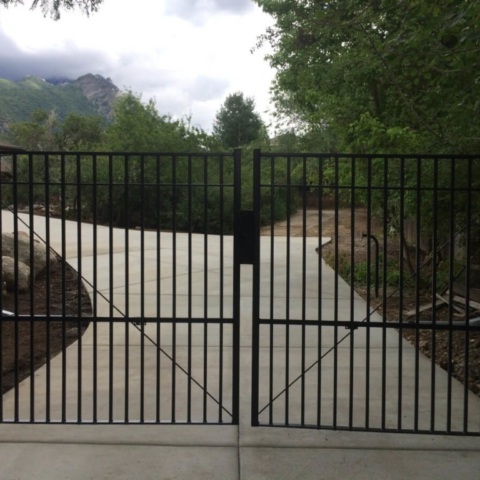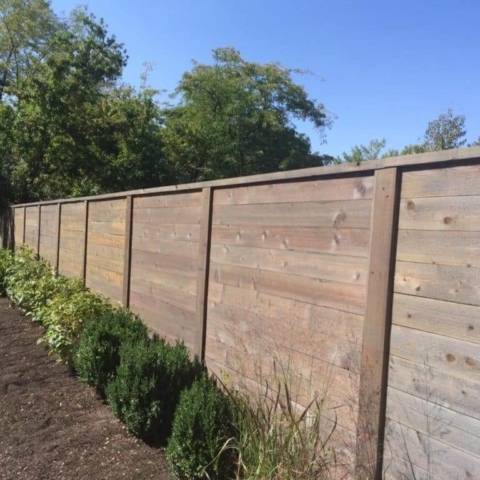A wood picket fence is a simple and affordable way to enhance your home’s curb appeal and add a charming focal point to your landscaping.

But, before installing any new fence, however, it’s important to do your homework. Otherwise, you may set yourself up for potentially costly problems. The residential fencing experts at Outback Fencing recommend following these three easy tips to ensure the easiest and most cost-effective outcome.
Check Property Lines Before Installing Your Wood Picket Fence
Many homeowners assume that their property lines extend out to the edge of the sidewalk or curb. But this may not be the case in some areas of Utah, Idaho and Wyoming.
When planning a new fence project, start by verifying every property line where you plan to place your fencing. Otherwise, you may interfere with a public right-of-way or common area.
Your property’s deed and survey should both contain a description of your lot’s boundary lines. You can use these measurements to determine the placement of your new wood picket fencing. If you aren’t able to find these documents, you can visit the local property assessor’s office to view your area’s real estate plat maps.
If you aren’t clear on where your boundaries lie, contact a professional to assist you. A licensed surveyor can visit your lot to measure and mark your legal property lines.
Check Local Rules for New Fence Installation
Depending on where you live, you may not be able to install the exact style of wood picket fencing you prefer. Many cities and townships have specific building codes in place. Height restrictions, locational requirements and picket spacing limits are a few of the local rules you may encounter when planning a new fence.
In addition, if you live in a planned urban development or newer suburban community, your homeowners’ association probably also has rules in place governing the installation of new fencing. You may be limited to certain materials or colors, for instance, and you may be required to position the posts and rails to face the inside of the property.
Take the time to identify your local rules and be sure to follow them. Otherwise you could encounter problems with the city or your homeowners’ association. In some cases, they can compel you to remove any fencing that does not comply with governing restrictions.
Obtain a Permit for Your Wood Picket Fence Installation
Depending on where you live, you may need a building permit to install your new wood picket fencing.
Permits may be required on the city or county level. And, in general, the more urban your location, the more likely it is that you will need a fence permit. The planned height and location of your picket fencing may also trigger the need for a permit.
Contact your local zoning office or building department to determine whether your fence installation will require a permit.
If the thought of dealing with all of this on your own seems daunting, consider using the services of a licensed professional fencing contractor. Outback Fencing is the go-to expert for fence installation in Idaho, Utah and Wyoming. Contact us today to schedule a complimentary consultation and estimate for our new wood picket fence.











